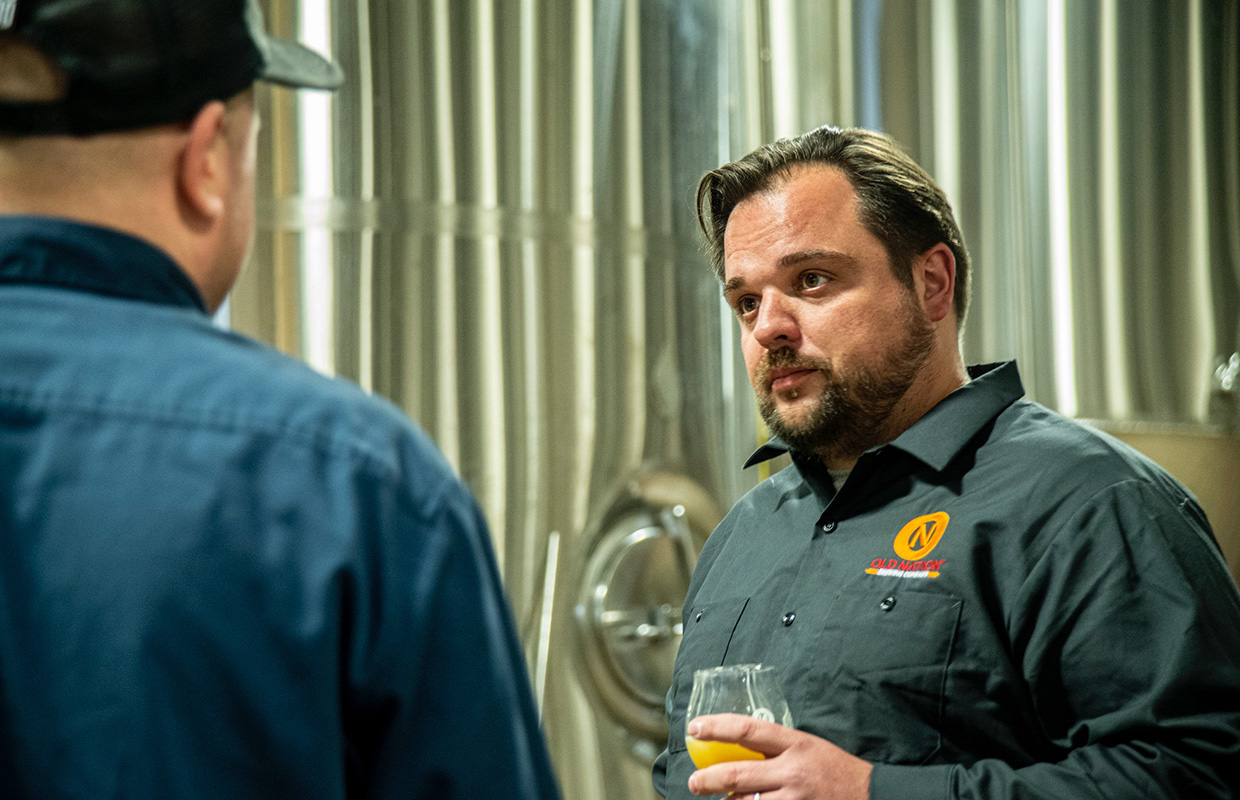
Lets kill the narrative, right at the start. Old Nation Brewery was not almost dead or going out of business before it released M-43, its popular New England IPA.
It was true, says co-founder Travis Fritts, the then-18-month-old brewery was floundering around and trying to establish itself. “But it wasn’t really dying,” he said about the Lansing, Michigan-area brewery with a laugh. A story published by a local newspaper in early 2018 indicated the IPA had saved the company. Fritts admits that the beer’s success helped grow from 1,200 barrels in 2016 to more than 18,000 barrels in 2018, but the company was in no danger of going out of business.
Fritts — who has been a part of craft beer as a contract brewer with Detroit Beer since 2003 before teaming with Head Brewer Nate Rykse and co-founder Rick Ghersi to open Old Nation in Williamston, Michigan — likens the story to sports teams and how the underdog story always just sounds better.
The name alone gives you an idea of where the brewery planned to go: old-world styles. So it launched a brewpub with a large production space (40 barrels per batch) at the start with an Altbier (Detroit Dwarf), a Dry English Stout (Two Crow), a Weizenbock (Golden 7) and a Scottish-Style Ale (10 Penny) along with some other Michigan ingredient-centric beers.
“We knew that at some point, it would be a mix between more traditional beers, but the market has changed completely,” Fritts recalled. “This was a good idea when we had it, which is that we make a certain amount of less profitable — let’s say price-competitive beers — that were more accessible to craft beer drinkers.”
It worked well enough. The brewery went from 350 barrels in its first six months to more than 1,200 in 2016. But that wasn’t going to be enough to become more than a brewpub.
The idea of M-43 was born when Fritts and Rykse wanted to explore the “New England IPA craze” of late 2015/early 2016. Being classically trained brewers, they didn’t buy the hype.
“We learned from guys who would have looked at that and gone: That’s not beer. That’s not what beer’s for,” Fritts said. Yet, the duo was curious and delved into it by reading up on how to make one without ever tasting one even.
“It was kind of tacky the way we were doing it,” he said with a laugh. “Can I read about it and make something that’s a reasonable facsimile? Probably.
“This is how old-school we were being about it, we’re saying, well, this is ridiculous. This haze is bull, right? It’s just a gimmick. It’s not anything that needs to be in this beer. So we went out there to show how to do it right and it will be just as good as that hazy stuff.”
Their first batch wasn’t as good as they wanted.
“So it was something to do with the solubility of hop oils that is moving around this haze issue,” Fritts recalled, which got him interested in the technical challenges of creating the beer. The haze really isn’t a gimmick, there’s something in it that really does support the beer.
“It’s not that you’re trying to go for haze, it’s that you can’t go for what you are trying to go for without haze as a byproduct.”
Since that discovery, M-43 hasn’t changed much, and it’s had staying power despite being inefficient and expensive to make.
Distribution has grown and additions in the sales force continue as it branches out past Michigan into Ohio, Chicago, Indiana, Georgia and now farther east as they have started selling in Pennsylvania, New York and New Jersey.
READ MORE: The Support Old Nation Demands from its Distributors
“We essentially said, we’re going to go anywhere,” Fritts said. “We have the capacity to go, but somebody has to ask us to do it. So when Ohio came calling, we said, okay, we can do that. Then Chicago came, and we said, all right, we can do that. And then Georgia came calling and we said, that’s weird. But okay, we can do that.
“We just kind of grew like that. It wasn’t a battle plan. We didn’t target. Why force it? Go where they’re asking for you. The world is a small place now and there’s no reason you can’t put beer in a truck and send it an extra eight hours to Georgia, if you’re already going to Indianapolis. We know we could sell beer in Wisconsin. But nobody’s really asked us in Wisconsin, so we aren’t in Wisconsin.”
The brewery doesn’t delve too far off its production schedule and the lineup is fairly set.
“We’ve been pretty conservative and that essentially pisses off your distributors and retailers,” he said. “I can’t tell you how many times I’ve heard throughout the whole of the last four years, ‘You’re going to die in six months if you don’t start putting out different beers.’ And my thought is, I don’t think so, man.
“It’s a stay-on-target vibe that we’ve been putting on. Saying no, not right now. Stay steady. stay on target. This will work. It’s so hard,” he said. “That’s why most breweries don’t do it.”
Fritts takes his cues from fellow Michigan brewery owner, Larry Bell.
“I have a huge amount of respect for Larry. He took a lot of risks,” Fritts said. “But part of those risks were saying, ‘I see and know that Two Hearted is good and people like it. I’m going to build a brewery on it.’”
That being said, a project that could develop a new potential business segment for Old Nation is on the horizon for 2021. A line of Lagers — which started with the release of Pils, a North German Pilsner that is a stark comparison to the NEIPA lineup that craft beer geeks have clamored over in the past — has new offerings in the works.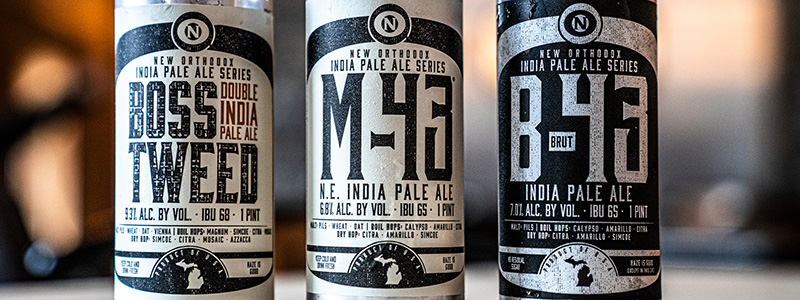
“The consumer — whether they want to admit it or not — I think they expect some kind of focus … what does your brewery do? I’m happy to say that we make New England IPAs primarily,” Fritts said. “I’m also happy to use this platform to release beers that are not NEIPAs and kind of introduce or reintroduce folks to those styles that are really difficult to make professionally, but to me hold the most interest because they have history.”
Fritts said he believes that beer is a drink of the people.
“The more exclusive you make it, the less it’s beer. Just philosophically,” he said. “I think that it’s great that we’re making New England IPAs and I’ll make them until I retire. They’re fun to make. They are genuinely challenging, particularly the higher you get up in ABV. But it’s like any style. There’s a book of tricks. And once you know the book of tricks, you’re kind of like, Alright, well, what’s next? And if what’s next is will you put other stuff in it to make it taste less like beer? I don’t know if that’s interesting [to me].
“Every generation of new brewers and every wave of craft beer makes us old guys nervous. That beer is getting lost. So what does beer become then? A gimmick? You gotta freak out squares with everything you make. That’s not good for beer, it’s not good for the industry. It’s cool to be a rock star, man. It’s cool to do cool tricks. And it’s fun. But I don’t know what it’s doing to the beer.”
Fritts has a central idea about brewing and he feels it is a trade. He himself apprenticed under old-guard brewers like Pierre Celis and John-Luc Suys.
“Brewers are not better than plumbers or carpenters, and the work is not less hard, if you’re doing it right,” he said. “Like those other trades, you have to learn from somebody who’s better than you. You have to. Not somebody that’s better at writing recipes, although that is important. But for the last 20 years, we have a lot of recipe-focused breweries, not process focused. If you come from a German background, or Belgian background, or an old-English background, recipes are important but recipes are 2% of what you do. The rest of it is making consistent beer and putting it in the can over and over and over again, which is tedious. It’s not sexy at all. But you need to know how to do that in order to do right.”
Beers like Lagers, he said, are not about recipes.
“One malt, one hop, one yeast. Go. It’s precision,” he said “It’s all in the technique.”
Selling that story to the public is going to be difficult, he feels.
“It’s harder for folks to get their heads around,” he said. “It’s a heavy ball to roll uphill. It’s hard to get people’s attention because you have to sit down and talk to them about why that’s good.”
Fritts showed a whiteboard with two images. One with squiggly lines all over the place and the other with a crosshair in a bullseye.
A Lager is a bullseye with malt, water, hops and yeast.
“You’ve got to hit somewhere in this target,” he pointed to the intersecting lines. “The only way you can really express yourself if you’re making these technical Lagers is to move your hit somewhere in here and keep it consistent.
Now, whether that’s malt and hops, or water and malt, or whatever it is … it takes so much more subtlety to work inside that box.”
An ale, he said, is all things to support one aspect.
“If you were to draw it out, this might be malt, this might be water,” he said drawing singular lines. “This big nebulous thing is hops, this might be acidity. These are offshoots of bitterness and other supporting flavors that we’re putting in there. But it’s punk rock, it’s all over the place.
“Sure. There’s nothing wrong with punk rock. It takes a lot to be able to play punk rock. But if you want to be a classical musician, you can’t necessarily get into that groove. It takes a while. At least if you’re a classical musician, you have the technical skill. Your muscle memory is such that you could do [punk rock] in relatively short order. Moving from [punk rock] to [classical] is a lot harder. I don’t know how to make that story compelling. But that’s essentially what we’re talking about.”
Already Old Nation’s brewery name is commonly mistaken for just being called M-43. That may benefit this new Lager line he feels.
“And so the question is, is that a bad thing? I think it’s not because it essentially allows us to spread way out,” he said “M-43 is M-43, that’s never going to change. But if we make a Lager series and call it Fritts Lager. People might notice that in gigantic letters on the side of the label, it says Old Nation, or they might not, just like they might not notice when they drink Budweiser that says Anheuser-Busch.
“I don’t want to make it seem like a joke, because it’s not a joke to me. So that is the center of our branding,” he said “I actually think there’s some power in folks not really paying attention to Old Nation. I think that craft beer people know that’s an Old Nation beer. Most of the people that buy M-43 are not craft beer geeks. About 85% of the people that buy M-43 are just folks that like the beer. If what they know is that it’s M-43 and we come out with a beer and somebody says, ‘Oh, those are the guys who make M-43.’ They’ll buy it.
“Or if we just come out with a really good brand package, we don’t have to worry about muddying up Old Nation. It’s just another beer. It’s another really good beer on the market and people can make their own connections.”
Now the question with the Lager that Fritts is asking is, do M-43 and fellow NEIPAs in the lineup have enough of a thing that they’re standing on their own two feet?
“It’s not that they’re not unassailable, but they’re relatively popular and it doesn’t seem like they’re going away,” he said. “If that’s true, can we now then make something totally different that doesn’t dilute those brands? Do I want to make an $8.99 six-pack of Pale Ale? No, I think that’s a little too close to those. But a 12-pack, 12-ounce Lager package on the market. Yes.
“Will it work? It won’t kill us if it doesn’t, because we have these other things going. But if we’ve been throwing out a new ridiculously named New England IPA every month or every couple of weeks, man, we would have tanked two years ago.”
Photos courtesy Old Nation Brewery


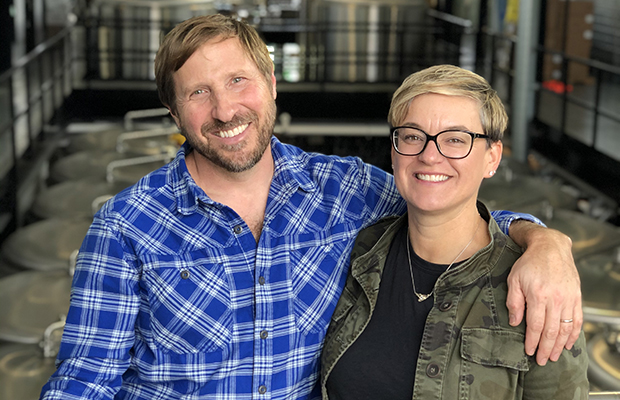
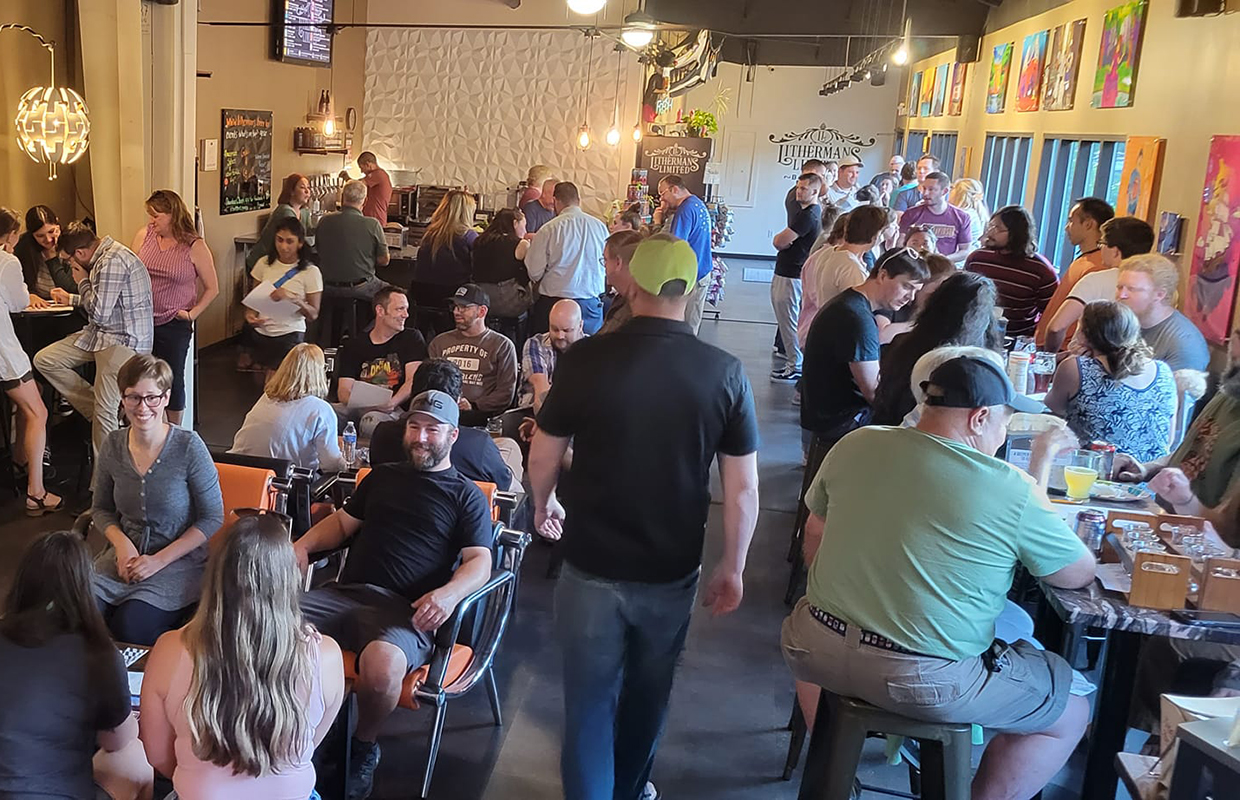
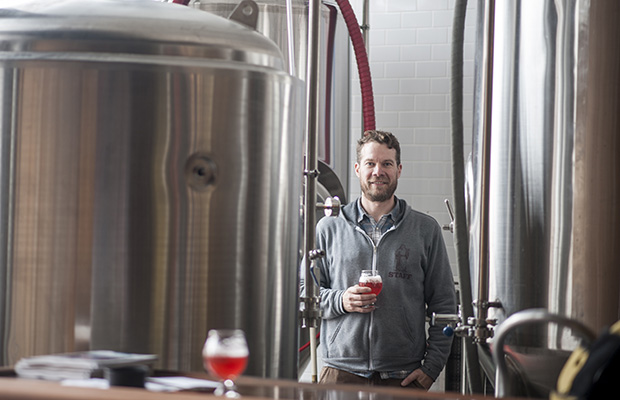
Be the first to comment